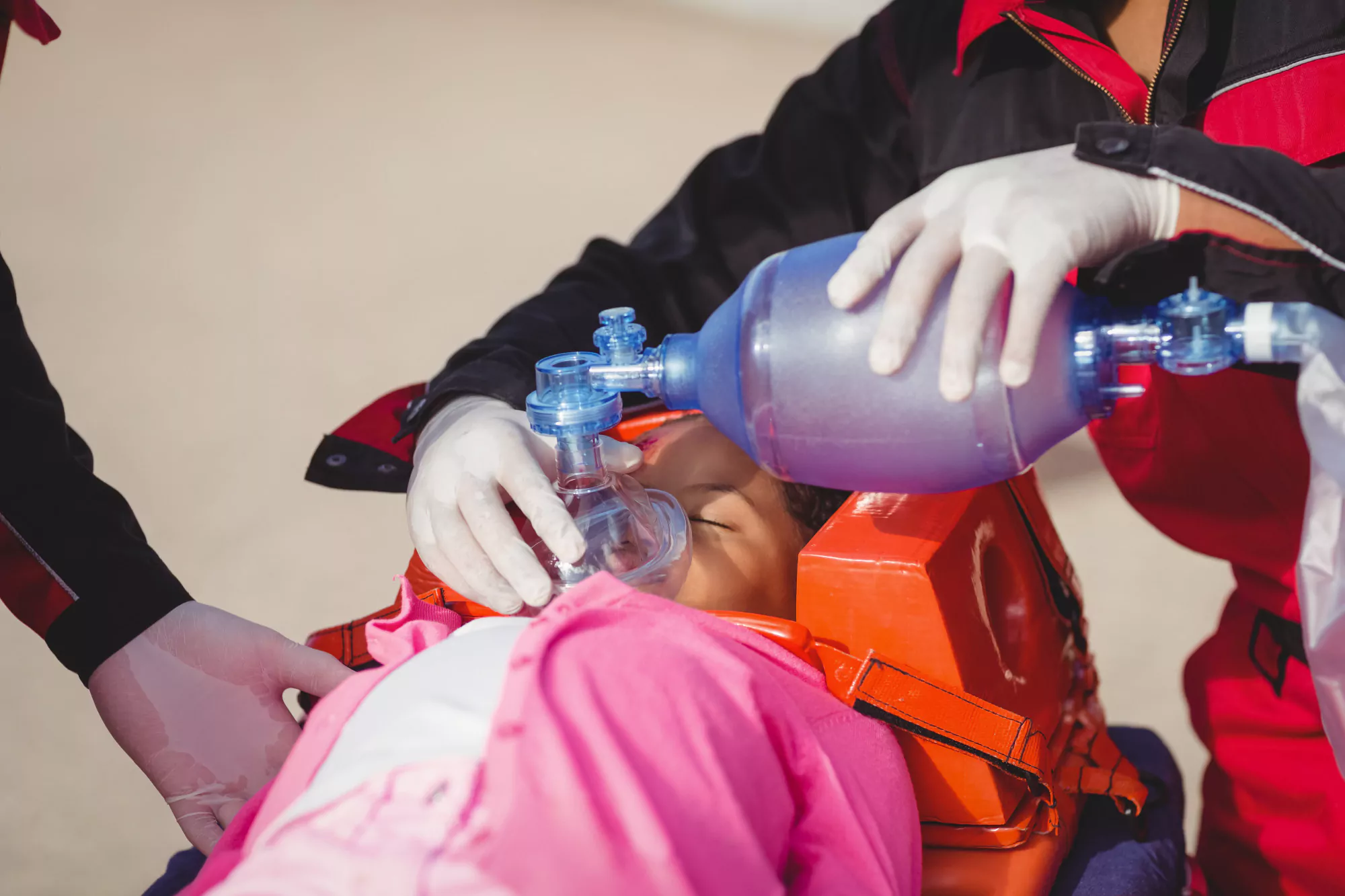A new study titled “Small Ventilation Bags and Cardiac Arrest Outcomes – Not So Fast” authored by Dr. Torben K. Becker and colleagues from the University of Florida and Alachua County Fire Rescue has been published in the medical journal Resuscitation. This paper throws light on the often overlooked aspect of resuscitation — the size of ventilation bags used during cardiopulmonary resuscitation (CPR) in cardiac arrest cases.
The Study’s Importance
The study published with DOI: 10.1016/j.resuscitation.2023.110083, address the impact of bag size on cardiac arrest outcomes. It emphasizes the importance of equipment and technique in determining the life-threatening minutes in which a patient is brought back from the brink. This crucial work guides emergency medical services towards best practices for maximizing patient survival and minimizing brain damage.
Findings Overview
The research team, including Dr. David Lykens, Jason M. Jones, Brett T. Justice, and Casey T. Carr from the Division of Emergency Medical Services and Division of Critical Care Medicine at the College of Medicine, challenges the conventional wisdom that smaller ventilation bags are preferable in cardiac arrest situations. They performed a comprehensive review and analysis of the outcomes and uncovered that there’s more to the equation.
Key Insights and Recommendations
The study does not suggest outright rejection of small ventilation bags. Instead, it calls for a more nuanced approach to their use. The authors propose that in specific scenarios, small bags may compromise patient respiration due to insufficient tidal volume and inadequate ventilation quality.
Ethical Declaration
With a robust ethical grounding, the team declared no competing financial interests or personal relationships that could appear to influence the work.
The Impact on EMS
This research is set to have a significant impact on Emergency Medical Services (EMS) worldwide. The findings point Emergency Medical Technicians (EMTs) and paramedics toward a critical reassessment of their equipment choices and suggest that training for resuscitation might need to be retuned.
Discussion
The Issue with One-size-fits-all:
For years, EMS protocols have favored smaller ventilation bags for their ease of use, storage, and perceived adequacy for most adult patients. However, this study indicates that these benefits may come at a cost: the risk of hypoventilation.
The Case for Larger Bags:
The study suggests that larger ventilation bags could deliver adequate tidal volumes, which is vital for effective oxygenation and removal of carbon dioxide from the body. These findings are significant as they challenge longstanding EMS practices.
Implementation Challenges:
Moving towards larger ventilation bags may not be straightforward. There are logistical and training implications. EMS providers must be retrained, and space constraints on ambulances require considered solutions.
Expert Opinions
Dr. Becker and his team’s findings are resonating with the wider medical community. Resuscitation experts are calling for further research based on this study to validate these observational findings in various real-world EMS settings.
Future Directions
This article points to future studies that should delve deeper into the cause-and-effect relationship between bag size and cardiac arrest outcomes. Controlled trials would be the next step to substantiate the initial findings.
The Journal
Resuscitation is an esteemed peer-reviewed journal that focuses on various aspects of cardiac arrest management. This particular article contributes significantly to existing knowledge and sparks a conversation among professionals about best practices in emergency care.
Conclusion
This thought-provoking research is an example of how medical practices continually evolve. It highlights the need for constant evaluation of procedures, equipment, and training to ensure the highest quality of patient care during the most critical moments.
References
1. Becker, T. K., Lykens, D., Jones, J. M., Justice, B. T., & Carr, C. T. (2024). Small Ventilation Bags and Cardiac Arrest Outcomes – Not So Fast. Resuscitation, 194, 110083. https://doi.org/10.1016/j.resuscitation.2023.110083
2. Perkins, G. D., Handley, A. J., Koster, R. W., et al. (2015). European Resuscitation Council Guidelines for Resuscitation 2015: Section 2. Adult basic life support and automated external defibrillation. Resuscitation, 95, 81–99. https://doi.org/10.1016/j.resuscitation.2015.07.015
3. Soar, J., Nolan, J. P., Böttiger, B. W., et al. (2015). European Resuscitation Council Guidelines for Resuscitation 2015: Section 3. Adult advanced life support. Resuscitation, 95, 100–147. https://doi.org/10.1016/j.resuscitation.2015.07.016
4. Aufderheide, T. P., Frascone, R. J., Wayne, M. A., et al. (2011). Standard cardiopulmonary resuscitation versus active compression-decompression cardiopulmonary resuscitation with augmentation of negative intrathoracic pressure for out-of-hospital cardiac arrest: a randomised trial. The Lancet, 377(9762), 301-311. https://doi.org/10.1016/S0140-6736(10)62103-4
5. Wik, L., Kramer-Johansen, J., Myklebust, H., et al. (2005). Quality of cardiopulmonary resuscitation during out-of-hospital cardiac arrest. JAMA, 293(3), 299-304. https://doi.org/10.1001/jama.293.3.299
Keywords
1. Cardiac Arrest Outcomes
2. Cardiopulmonary Resuscitation
3. Resuscitation Equipment
4. Ventilation Bag Size
5. Emergency Medical Services
